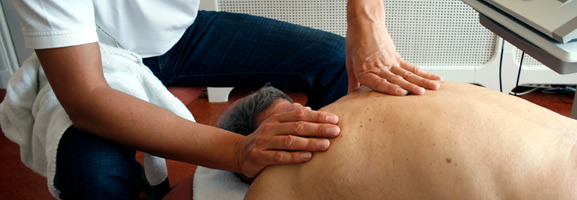It is very helpful to have seen a physiotherapist before your surgery and even more important to see one postoperatively. You can receive heat, ultrasound and massage, plus information on exercises and how to move and how to build up your neck muscles long-term in order to help best maintain the strength of your spine.
Core Stability Exercises
Your ‘core’ is a nature corset of muscles, wrapping around the spine and abdomen. The muscles include your back, shoulder girdle and pelvic girdle. These girdles act as anchors and allow the transfer of forces from the limbs to the spine. If the appropriate muscles are relatively weak the body will find a way to compensate. It does this by adjusting the body into positions that are not ideal, therefore losing efficiency, losing power and making you vulnerable to injuries such as low back pain. Strengthening these CORE muscles allows other muscles and joints to perform in the safest and most effective way.
Cervical Spine Movement and Stability Exercises
These exercises are designed to restore the cervical spine movement and stability.
CX Movement and Stability Exercises
Spinal Mobility Exercises
These gentle exercises are designed to help lengthen some of the muscles surrounding the spine. Benefits can include reduced muscle soreness, a reduction in joint stiffness as well as improved flexibility.
Spinal and Lower Limb Stretches
These exercises are design to facilitate and restore spinal movement. They are a progressive programme, working up to more challenging exercises.
Spinal and Lower Limb Stretches
Local Physiotherapists
We have developed relationships with a number of local Physiotherapy centres that we can recommend.
Details of some of these can obtained by clicking on the following links.


